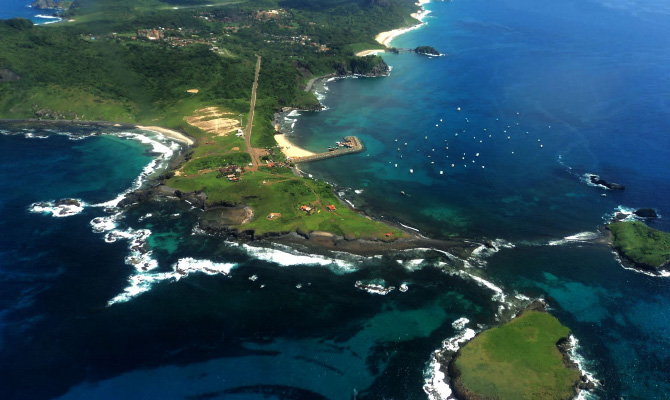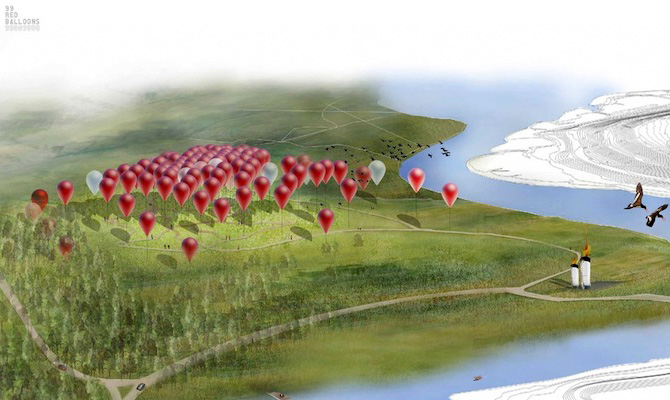INDUSTRIAL APPLICATIONS
Dr. Kraj is a practicing professional engineer registered with the Engineering and Geoscientists of Manitoba, with 18 years of experience specialized in Energy Systems and Smart Grid Technology for cities and island energy networks with direct experience in technology commercialization for smart grid applications. The following is a select collection of her work.
|
300 MW Wind Farm Energy Project, Canada
Conducted met tower procurement and installation, wind data collection and analysis, wind farm layout design, environmental studies, business development, economic structures, legal protocol, negotiations with stakeholders, investors and on behalf of clients regarding development of 300 MW of wind energy in the Canadian prairies. |
Installation of 900 kW PV System, Nicaragua
System siting, installation, outlet wiring, battery wiring, community engagement to install a 900W photovoltaic system on an elementary school in rural Boaco, Nicaragua. The PV system has brought lights and AC power to the school as well as a PV battery charging station, allowing the community of El Caribe to charge 12V batteries at the school and take them home to have lights and power in their houses. |
Multi-Renewable Energy System Design for Brazilian Island
Implementation of a multi-generation long-term energy planning tool with real-time adaptive response to increase the renewable energy penetration of the remote island of FDN in Brazil, for autonomous power generation while reducing electricity costs and improving power reliability. |
|
Redesign of Renewable Energy Strategy for Remote Island Electrification: Fernando de Noronha, Brazil
Communities located in remote locations must rely on importation of foreign fuels for their basic energy needs, while they are surrounded by renewable resources that are often not harvested for local use. This situation is not sustainable for communities, especially in remote locations that are already impoverished due to lack of local employment and a weak economy. Intelligently planning the resource management of a rural community by comparing the renewable energy produced with the primary energy needs, will provide a means to develop a strategy to increase the renewable energy ratio (RER) through which a community can decrease energy dollars leaving the community, stimulate local economic development and relieve its reliance on foreign fuel, thereby reducing GHGs and incrementally becoming more sustainable. The island of Fernando de Noronha (FDN) is isolated 547 km from the coast of Brazil, approximately three degrees south of the equator in the Atlantic Ocean. The island is ideally situated to harness solar energy, in conjunction with an abundance of wind resource. At present, a 225 kW wind turbine is located on the island and provides 10% of the annual energy needs of the island, while diesel generators provide the remaining 90%. From wind resource mapping in conjunction with solar mapping, the complimentary existence of these resources provides an increase in the RER and offsets the diesel fuel dependence while strengthening the security of essential energy needs. Coordinating more than one renewable resource to be available in addition to the backup diesel system is especially required to support the critical loads, such as hospitals and water desalination plants. This work introduced concepts of intelligent renewable resource planning and design of systems to increase the renewable energy ratio of a given geographical area. |
Intelligent Computational Infrastructures for Optimized Autonomous Energy Generation in Remote Communities
The Intelligent Multi-Renewable Energy System is a hybrid energy computational infrastructure that gathers information on power system behaviour from multiple components and uses it to execute operational optimization. This project was validated for the island energy network of FDN, Brazil, incorporating wind, solar, biomass, storage and backup devices to compare the existing system performance to the proposed multi-renewable energy platform. |
99 Red Balloons - 4th place in 2012 LAGI Competition for Nadi Design
The 2012 Land Art Generator Initiative ideas competition called on designers to produce a site-specific public artwork for the former freshkills landfill site that would function as a clean energy generator for New York City. As a technical adviser to Nadi Design on renewable energy generation, the concept for competition was developed. Nadi Urban Design’s entry “99 Red Balloons” creatively encourages exploration and engagement within the landscape while instilling a sense of wonder and delight. The balloons are photovoltaic solar generators, marking the landfill infrastructure below and serving to remind visitors of the history of the site. When engaged, the vibrant red balloons fade and revealing the solar harvesting systems hidden within the balloon cavity. “99 Red Balloons” creates a distinct landmark for Staten Island and a destination for the greater New York area. This international design competition entry won a fourth place award (out of 250+ entries). |






